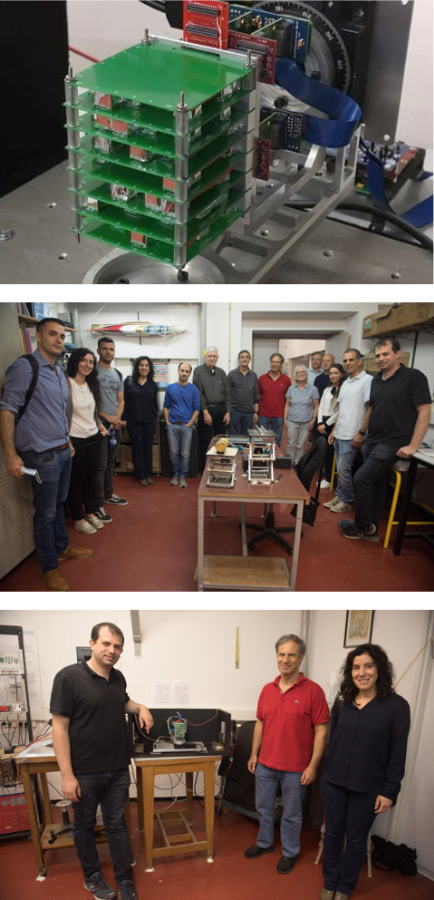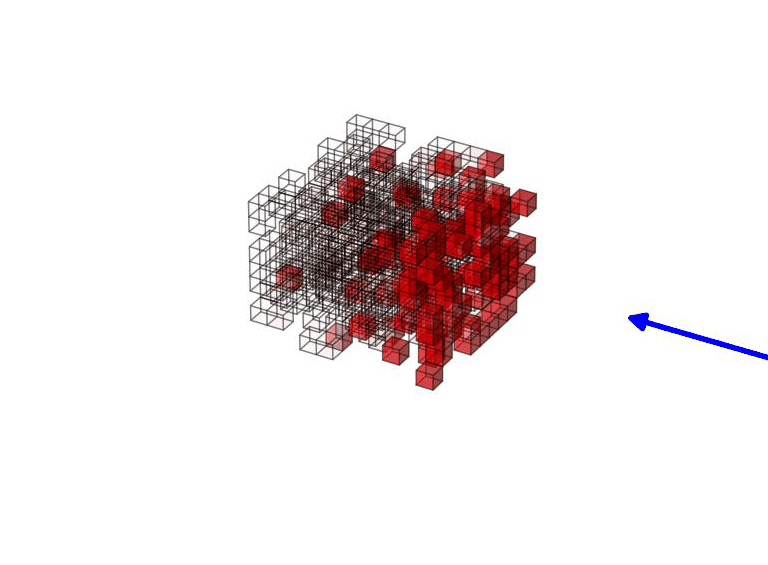 A team led by Shlomit Tarem and Ehud Behar the Tchnion’s Physics department has developed an experiment that will be launched to the International Space Station (ISS) along with two other experiments that were planned and built at the Technion. The team includes Ph.D. student Roi Rahin, postdoctoral fellow Luca Moleri, undergraduate student Solomon Margolin, research team members Alex Vdovin and Amir Feigenboim and the technical team at the Asher Space Research Institute (ASRI) at the Technion.
A team led by Shlomit Tarem and Ehud Behar the Tchnion’s Physics department has developed an experiment that will be launched to the International Space Station (ISS) along with two other experiments that were planned and built at the Technion. The team includes Ph.D. student Roi Rahin, postdoctoral fellow Luca Moleri, undergraduate student Solomon Margolin, research team members Alex Vdovin and Amir Feigenboim and the technical team at the Asher Space Research Institute (ASRI) at the Technion.
The GALI experiment, Gamma-ray burst Localizing Instrument, is an innovative system for detecting gamma ray bursts. Placing the system in the ISS will help detect this radiation, which results from high-energy eruptions in distant galaxies. It is widely assumed that short gamma-ray bursts are emitted from mergers of two neutron stars – an event that also produces gravitational waves. However, to date only one such event has been detected, hence there is a need to improve the detection capabilities of gamma radiation detectors. The detector developed by the team in the Physics department is based on hundreds of small crystals arranged in a unique pattern and absorbing gamma rays. Based on the relative signal received in each crystal it is possible to identify the location of the eruption in the sky with high accuracy. According to the researchers, “the ability to detect direction up to a few degrees is the innovation of our device, which will allow us and astronomers around the world to aim their telescopes at an event, study the eruption and link it to other events such as gravitational waves”.
GALI improves on earlier detectors by utilizing sensors significantly smaller than those previously used, arranged in an innovative 3D array. It is thanks to this unique arrangement that, while being much smaller than previous gamma-ray burst detectors, GALI promises to be more precise in its directionality capabilities.
Simulation by Physics graduate student Omer Reich, demonstrating the GALI instrument, as different scintillator cubes light up sensitively depending on the burst direction:
